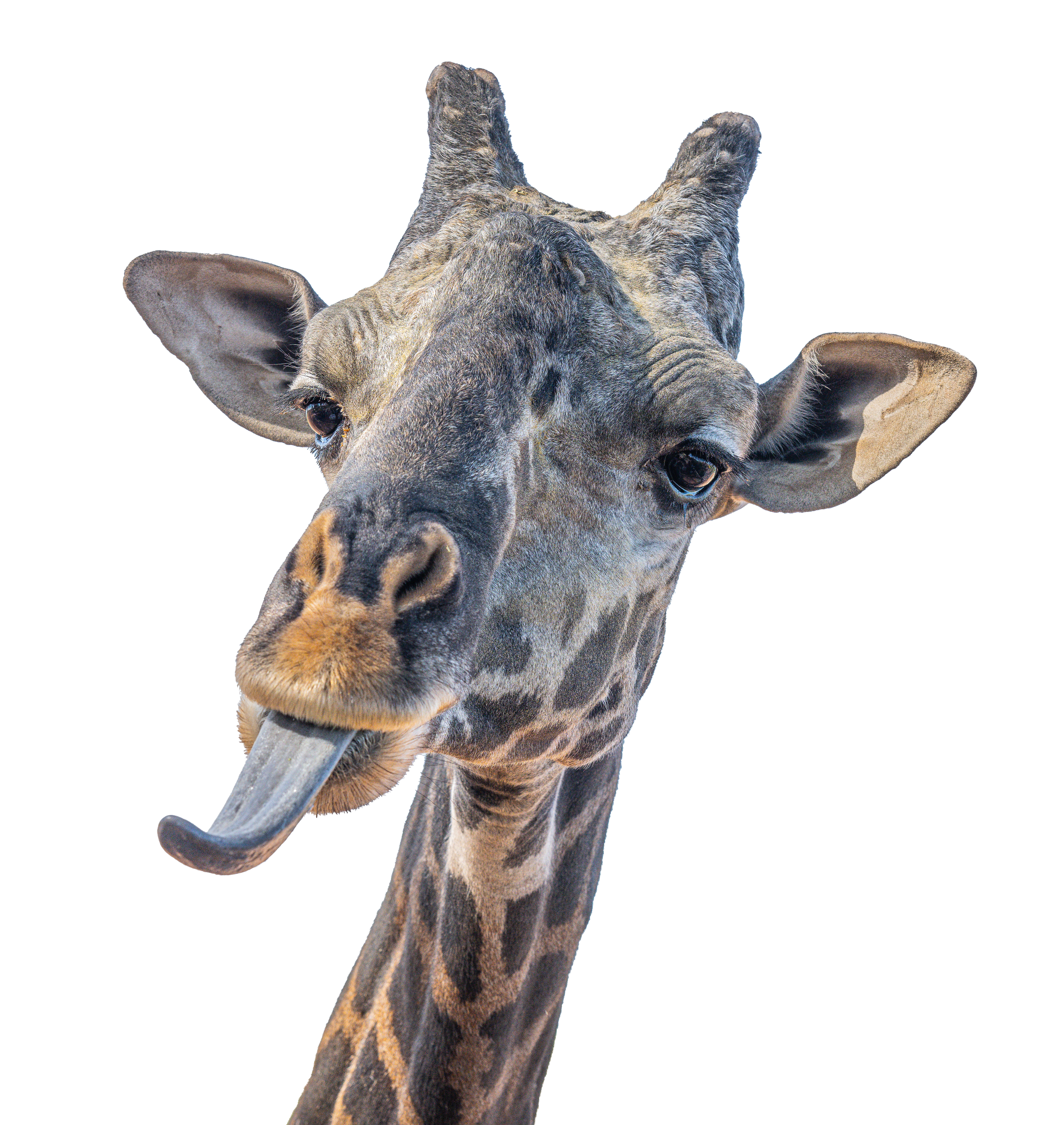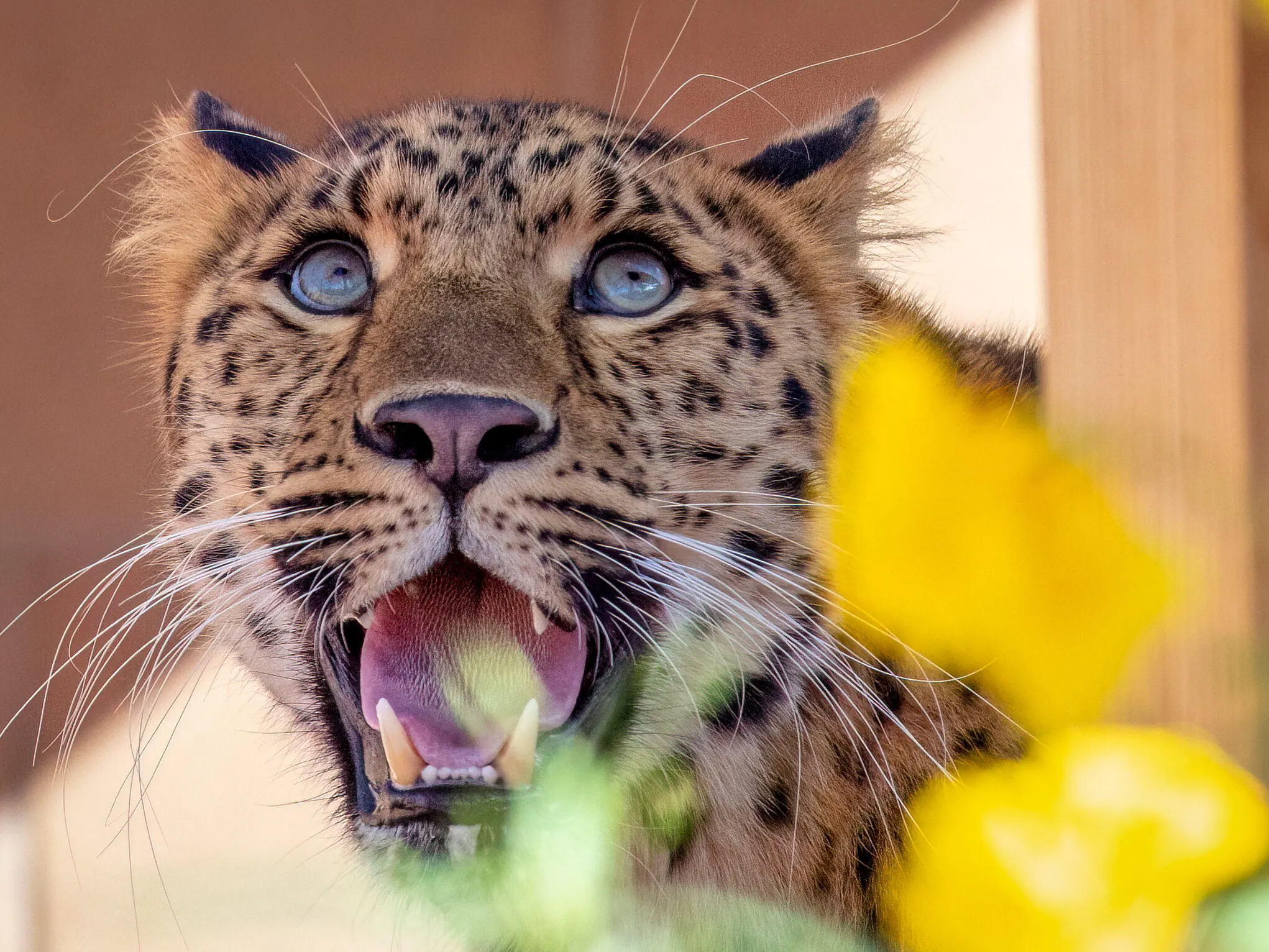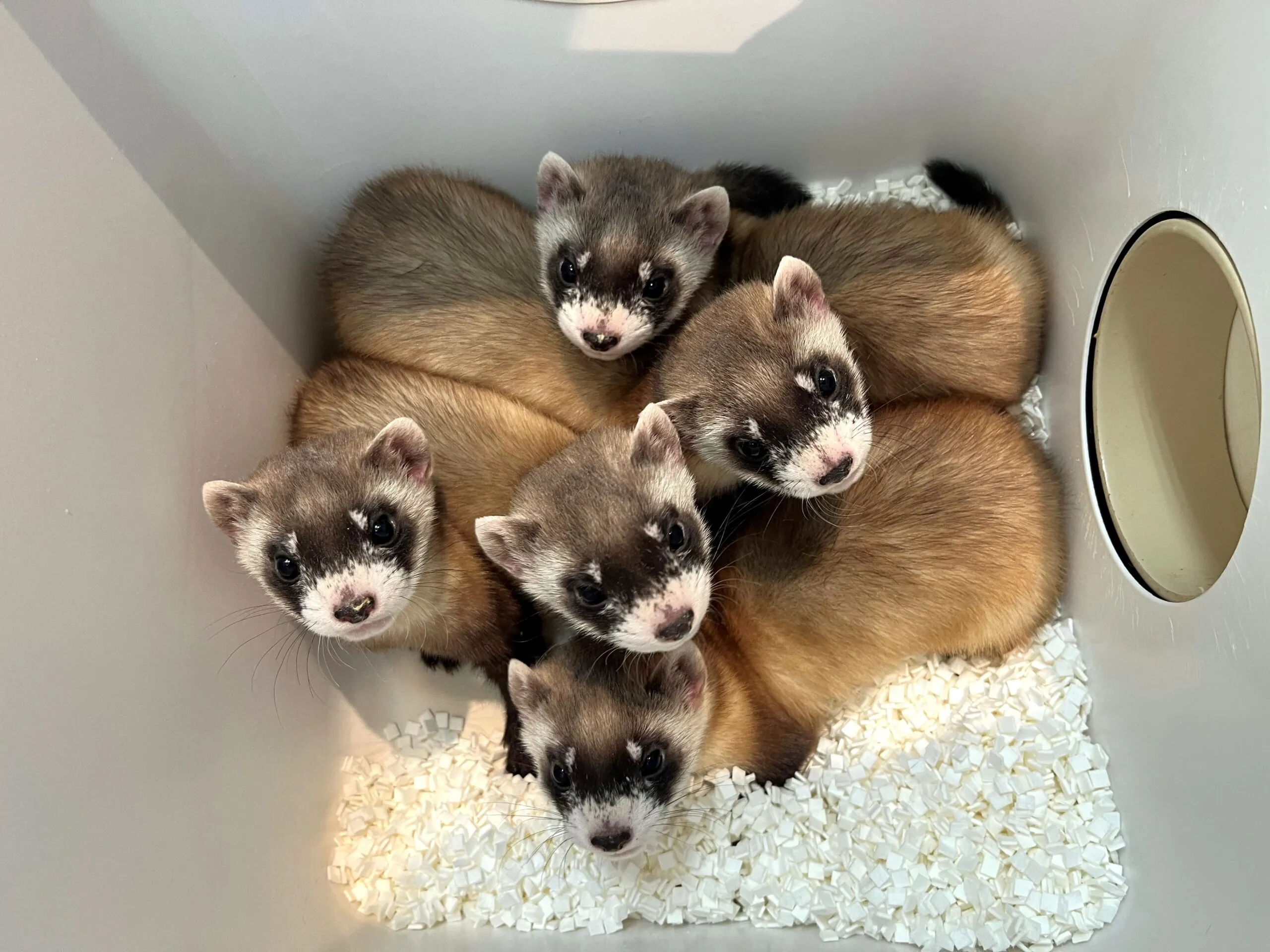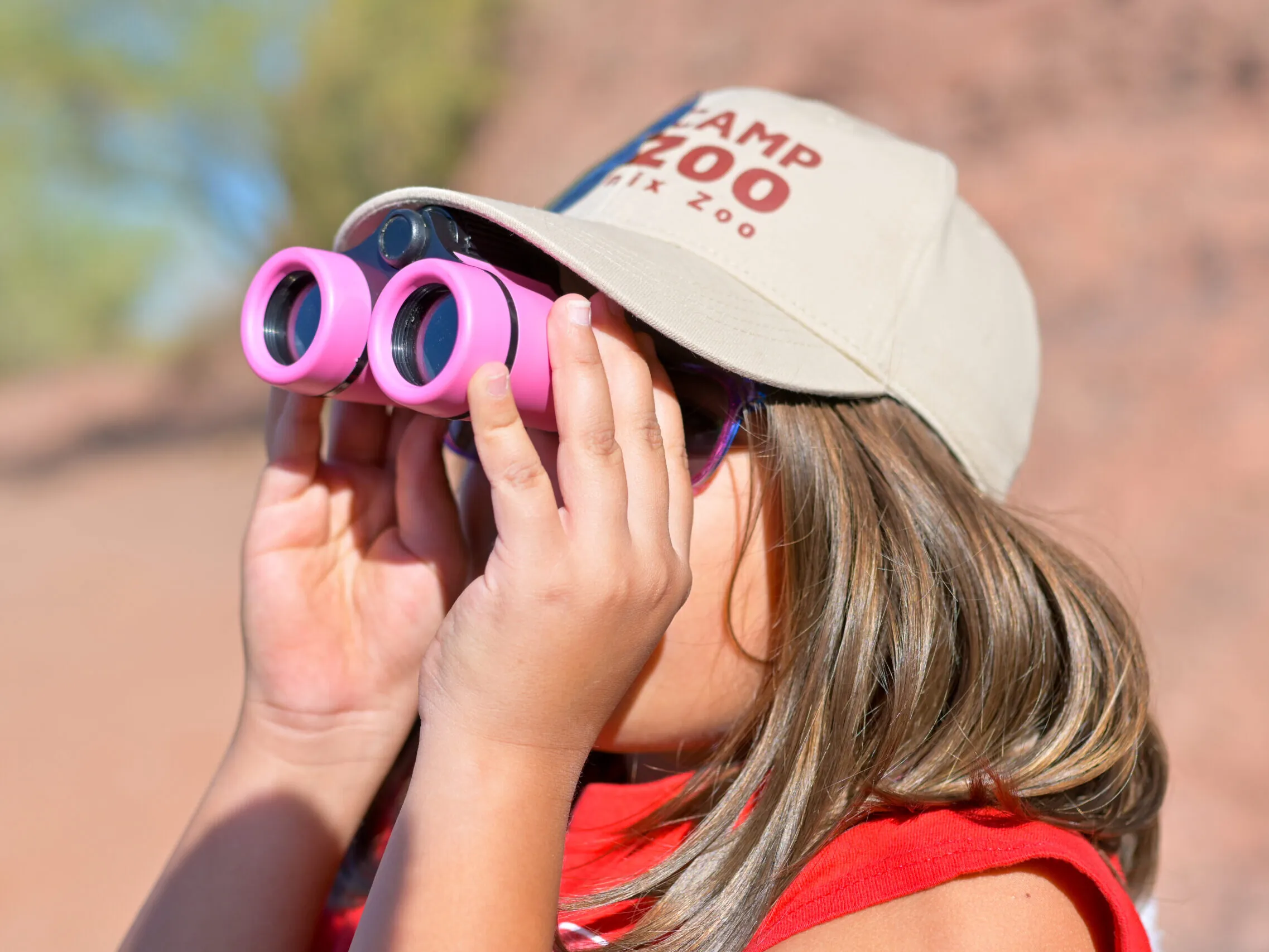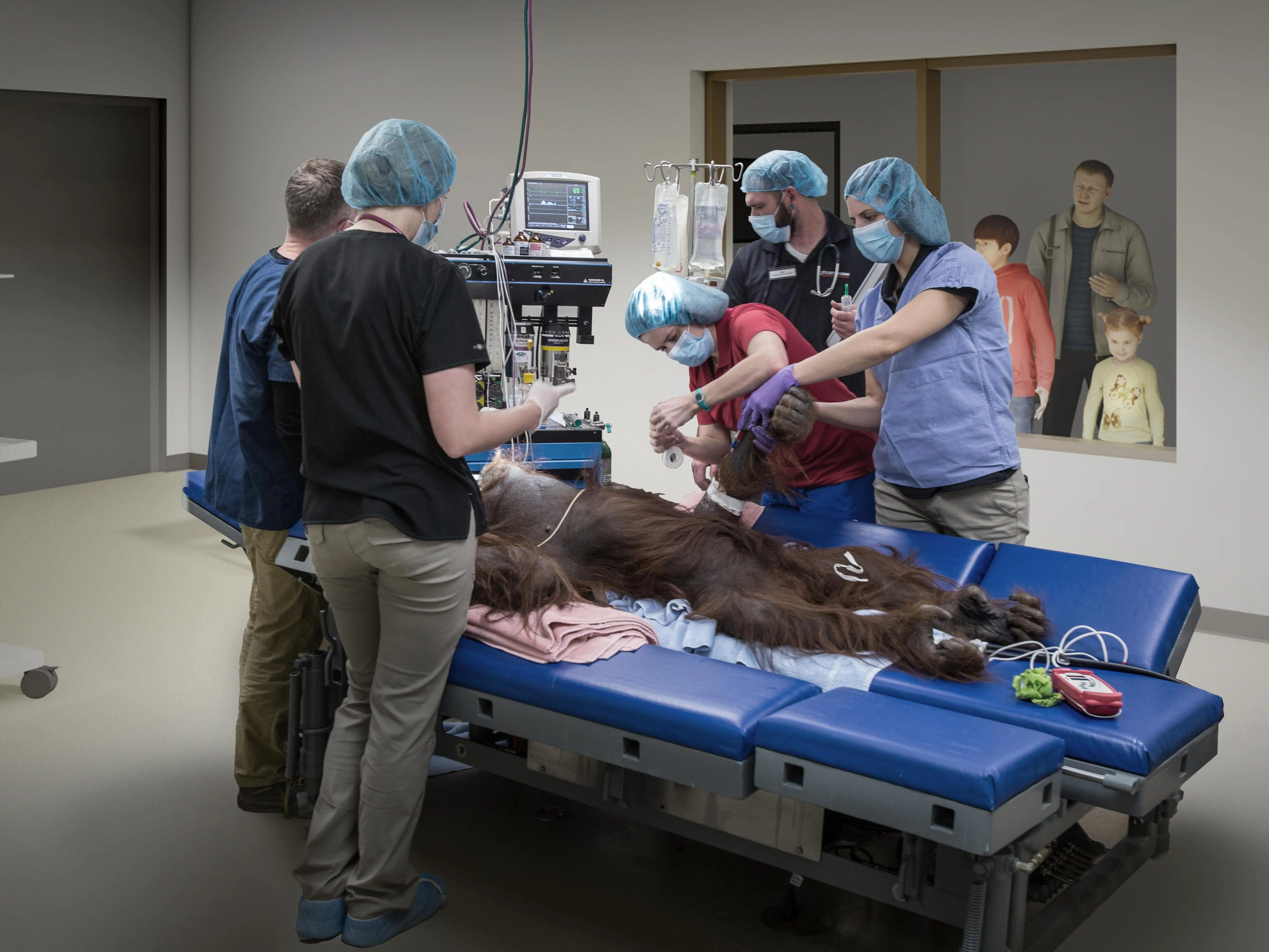Coyote
Canis latrans
Badger Buddies
Coyotes and badgers are known to work together as hunting buddies, using teamwork to the benefit of both. Prey species like ground squirrels and prairie dogs typically flee into their underground burrows at the first sign of a coyote. This gives the badger an opportunity to dig into the burrow with its huge claws and chase its meal. If the rodent escapes through another exit, it’s likely to find a hungry coyote waiting for it. While they don’t share their catches, this arrangement allows both predators to save time and energy.
Say What?
The sound of coyotes howling in the night is familiar to many of us, but what are they saying? Howling announces a coyote pack’s presence to other packs and calls the group together after a hunt. It can also make it seem like there are more coyotes than there actually are. This phenomenon, called the “beau geste effect,” is created by rapidly changing the howl’s pitch and frequency, and by mixing in an assortment of yips, yaps, and barks. Once the sound scatters through the surrounding environment, as few as two coyotes can sound like seven or eight.
Be a Good Neighbor
Seeing a coyote in the wild is a delightful experience, but seeing one on your back porch can be unnerving. As human and coyote populations expand, encounters between the two are increasing. Hungry coyotes are attracted to unattended food, fruit trees, wildlife, pets and trash, and can easily access most back yards. If a coyote is on your property the best thing you can do is to “haze” it. This means making loud, scary noises and aggressive movements such as spraying water, so the coyote learns that humans mean danger, and not an easy meal.

Diet: mammals, insects, reptiles, amphibians, carrion, fruits
Zoo Diet: specialized carnivore diet, whole prey, formulated feed, starch, veggies, fruits
Habitat: grasslands, deserts, swamps, mountains, forests, urban areas
Weight: 15 – 50 lbs
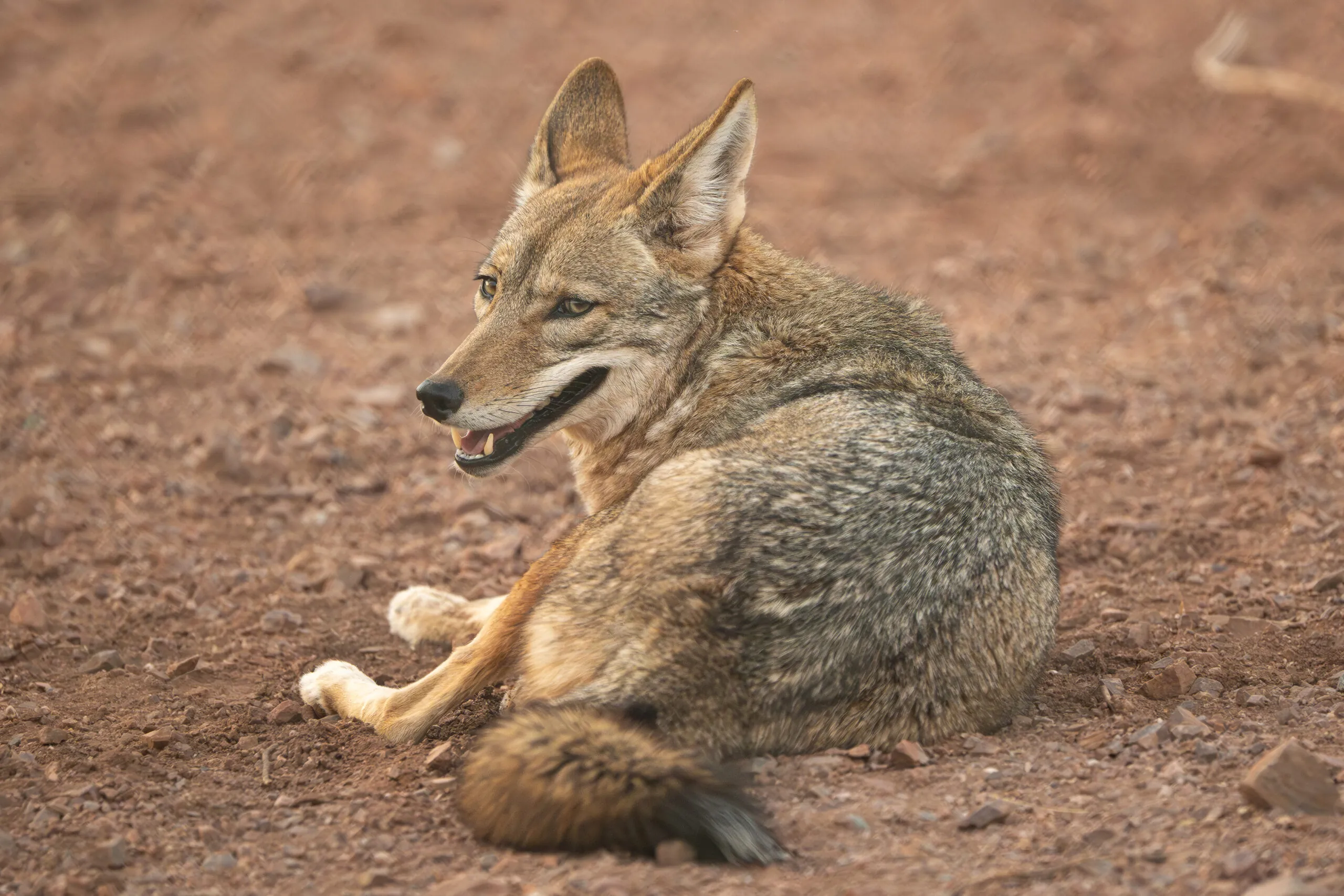
Plan your visit today!
The Phoenix Zoo is one of the largest non-profit zoos in the U.S., caring for over 3,000 animals, with nearly 400 species represented, including many threatened/endangered species.
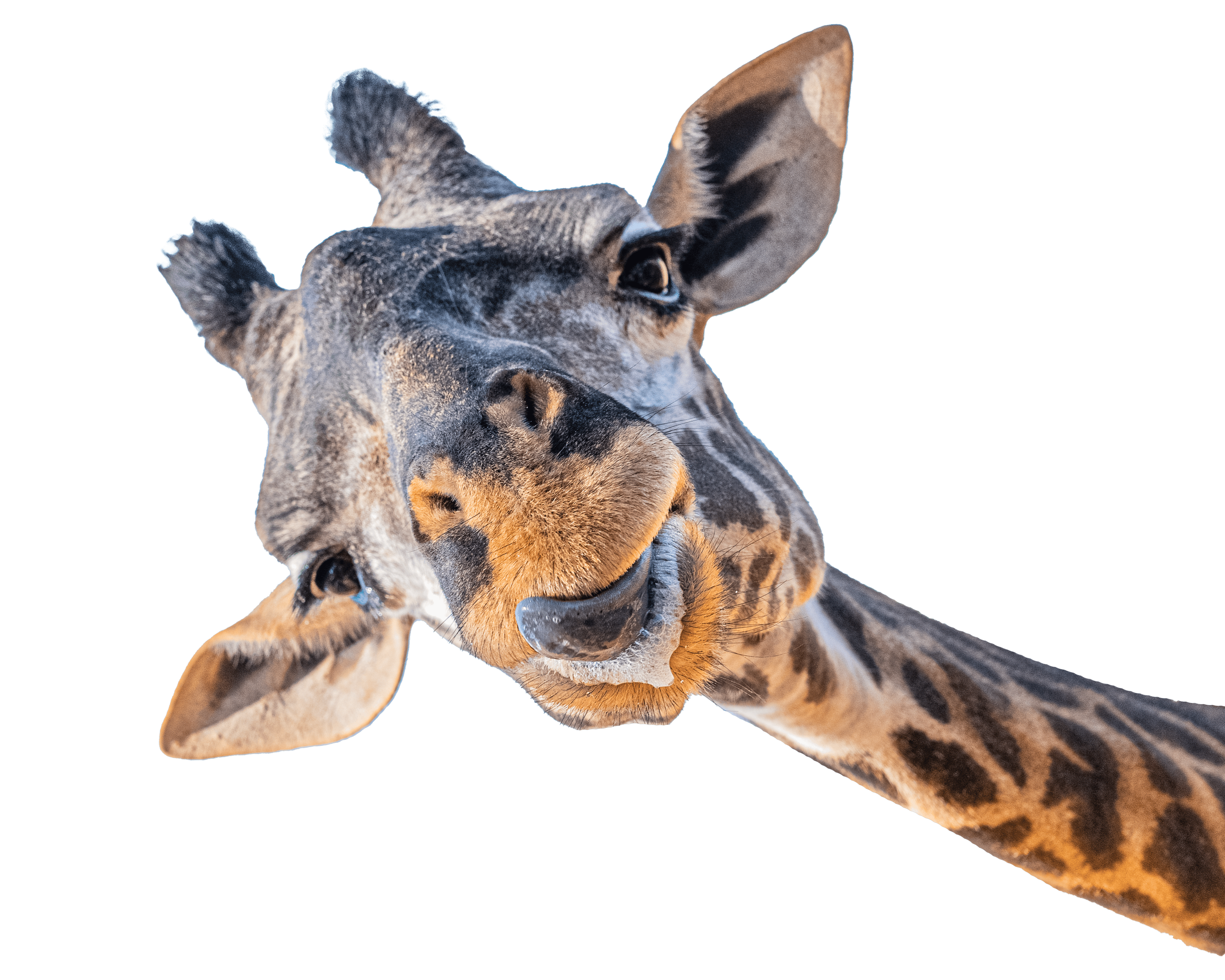
Plan your visit today!
The Phoenix Zoo is one of the largest non-profit zoos in the U.S., caring for over 3,000 animals, with nearly 400 species represented, including many threatened/endangered species.
